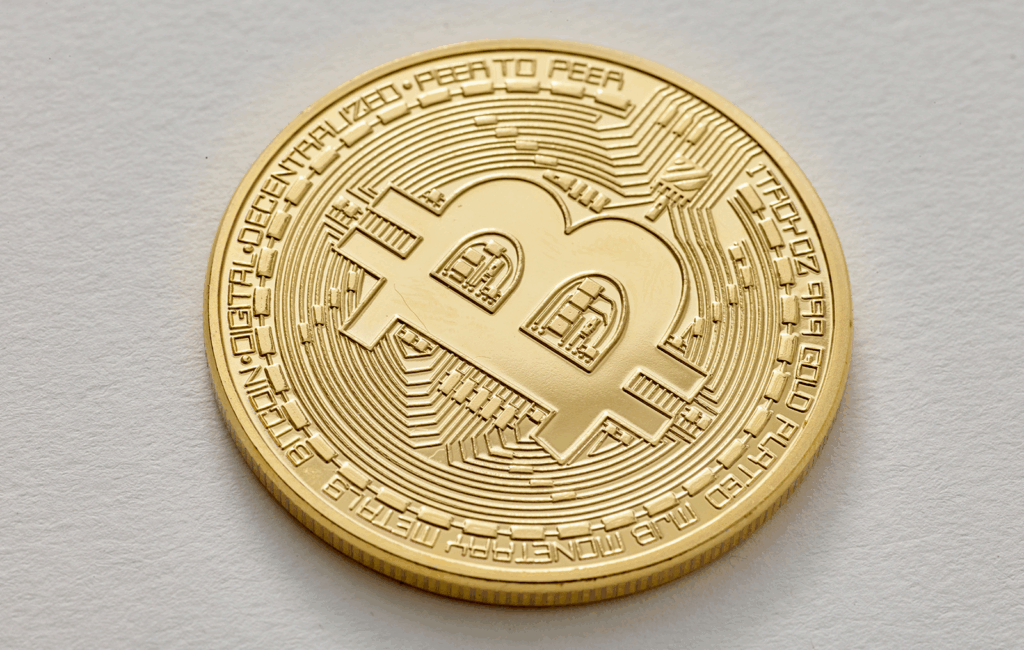In this Article , I will focus on the recent movement of \$2.1 billion BTC by a Satoshi-era Bitcoin whale after 14 years of inactivity. This peculiar transaction has spurred speculation throughout the entire cryptocurrency industry—are long term holders beginning to exit the market or is this some sort of calculated repositioning? Whatever the case may be, it helps to analyze what this means for the future direction of Bitcoin.
A Satoshi Era whale rekindled from dormancy for over a decade by moving 20,000 BTC valued at $2.12 billion. Worries arose about a potential sell-off and price crash as on-chain data suggested. Further triggering investor panic was the recent Bitcoin surge past the $108K mark.

It’s no secret that such enormous transfers ignite volatility; a lot of market watchers think this could derail BTC’s bullish momentum. Still, some experts argue the whale is simply reorganizing assets instead of planning a sale.
Although the movement was indeed notable, analysts expect the seller to remain a long-term holder, dampening panic and suggesting confidence in Bitcoin’s value and performance moving forward.
Dormant Bitcoin Whales from the Satoshi Era Wake Up After 14 Years
Amidst prevailing market confusion, a Bitcoin wallet from the Satoshi era has revived after more than 14 years, prompting the transfer of 20,000 BTC. The wallet identified as a whale account ‘NY8gD was observed on BitInfoCharts transferring 10,000 BTC to new wallets TSmxj and ECyqH for 1.09B USD.
They recurrently sell bitcoins at 0.78 price each and are also trading at approximately 109000 dollars. Speculation is surrounding if they are planning a strategic dump or a reshuffle.
Figureheads are cautiously watching as the amount of Bitcoin rests between two strong supports and resistance lines for 90k and 140k USD.
Such whale shifts often lead to questioning the intentions and activities of long-term holders and trigger market unrest.
Bitcoin Whale Suspected of Building BTC Treasury
The massive $2.12 billion Bitcoin transaction sent shockwaves across the market, raising concerns over potential sell-offs. However, some analysts approach the situation differently.
Alistair Milne recently posted on X that the whale might actually be trying to establish a Bitcoin Treasury firm, planning to utilize the assets for further returns in the future.
Dormant whale moves in the past tended to lean towards holding rather than selling. Additionally, Glassnode analysts noted that most long-term holders who purchased BTC at around \$100K were long-term holders, thus reducing the risk of a price drop.
With BTC nearing its peak and the approval Trump’s “Big Beautiful Bill,” whales stand to gain more with less incentive to sell, further reinforcing expectations of accumulation in the Bitcoin market.
BTC Long-Term Holders Show Strength, ETF Inflows Continue
Aside from the Satoshi-era Bitcoin whale, there have been other notable movements in the market. By July 3 Bitcoin spot ETF inflows reached $601M, including leading contributors of $237M FBTC by Fidelity and $222M IBIT by BlackRock.
As reported by Glassnode, long-term holders are now controlling unprecedented amounts of bitcoins at 14.7 million. Not to mention, IBIT now has almost 700,000 BTC, positioning it among BlackRock’s top 3 revenue-generating ETFs.

With the ongoing increase in institutional adoption combined with favorable regulations in sight, long-term holders might remain inactive on their assets. Yet all this is still hypothetical, as the final results depend on the dynamic market structure and evolving regulations.









